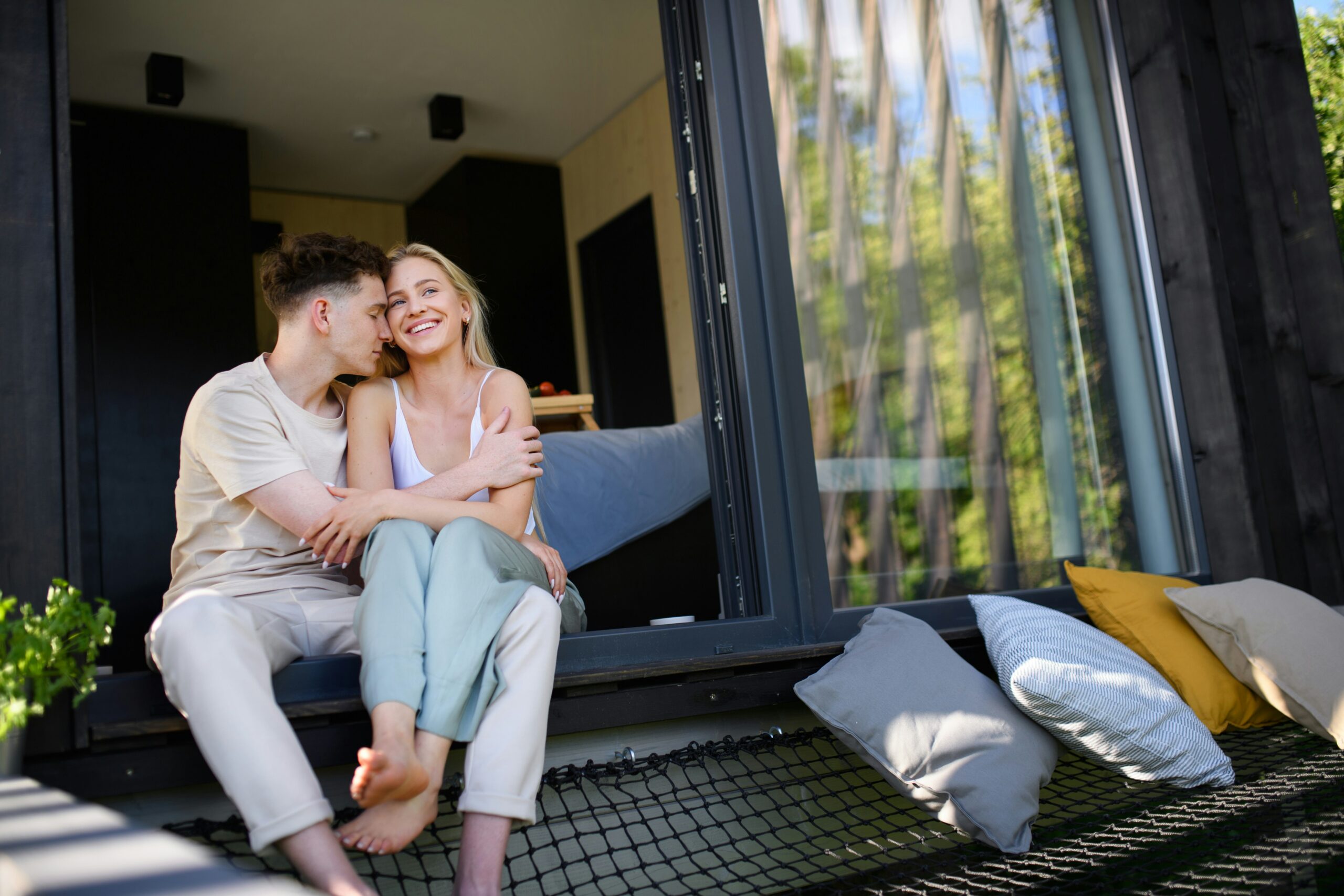Why Choose a Tiny Home?
Tiny homes offer several advantages that go far beyond their compact size.
- Affordability: Tiny homes are a fraction of the cost of traditional homes, making them accessible to first-time buyers.
- Eco-friendly: Reduced space means fewer resources are needed for construction and lower energy consumption.
- Flexibility: Many tiny homes are built on wheels, making them mobile and perfect for nomadic lifestyles.
- Minimalism: Tiny living encourages decluttering and helps you focus on what truly matters.
Combining Design and Functionality
The genius of tiny homes lies in their ability to maximize utility without sacrificing aesthetics. Here are key design principles tiny home builders follow:
1. Smart Storage Solutions
From built-in shelving to under-sofa storage, every inch of a tiny home is used thoughtfully. For instance, stairs often double as drawers or storage cabinets.
2. Multi-Purpose Furniture
Furniture in a tiny home often serves multiple functions. Think of a table that folds into a desk or a bed that transforms into a sofa.
3. Vertical Space Utilization
Vertical storage solutions like lofted sleeping areas maximize space efficiency in even the smallest layouts.
4. Light & Open Design
Large windows, light colors, and clever layouts create a sense of openness, making your tiny home feel much bigger than it is.
| Feature | Traditional Home | Tiny Home |
|---|---|---|
| Average Size | 2,500 sq. ft. | 100-400 sq. ft. |
| Cost | $300,000+ | $20,000 – $100,000 |
| Energy Consumption | High | Low |
| Environmental Impact | Significant | Minimal |
| Mobility | Fixed | Frequently mobile |
How to Get Started with a Tiny Home
Want to build your own tiny haven? Follow these actionable tips:
1. Determine Your Priorities
Consider factors like mobility, location, and the number of occupants. Knowing your lifestyle preferences will inform your design choices.
2. Select a Layout
Choose layouts that fit your needs and maximize usable space. Use online resources or consult tiny home builders for inspiration.
3. Choose Sustainable Materials
Opt for eco-friendly materials such as reclaimed wood or energy-efficient windows to reduce your carbon footprint.
4. Invest in Multi-functional Furniture
Look for foldable desks, Murphy beds, or modular sofas that save space and offer versatility.
5. Work with Experts
A professional builder or architect can help you bring your design to life while staying within budget.
Pro Tip: Research local zoning laws and utility hook-up requirements before building your dream tiny home!
FAQs About Tiny Homes
What is the average cost of building a tiny home?
On average, tiny homes cost between $20,000 and $100,000, depending on materials and customization.
Are tiny homes legal everywhere?
Regulations vary. Some areas have zoning restrictions, so it’s essential to check local laws before starting.
Can tiny homes accommodate families?
Yes! Many tiny homes are designed to fit small families with customizable layouts that include extra sleeping areas.




Leave a Reply